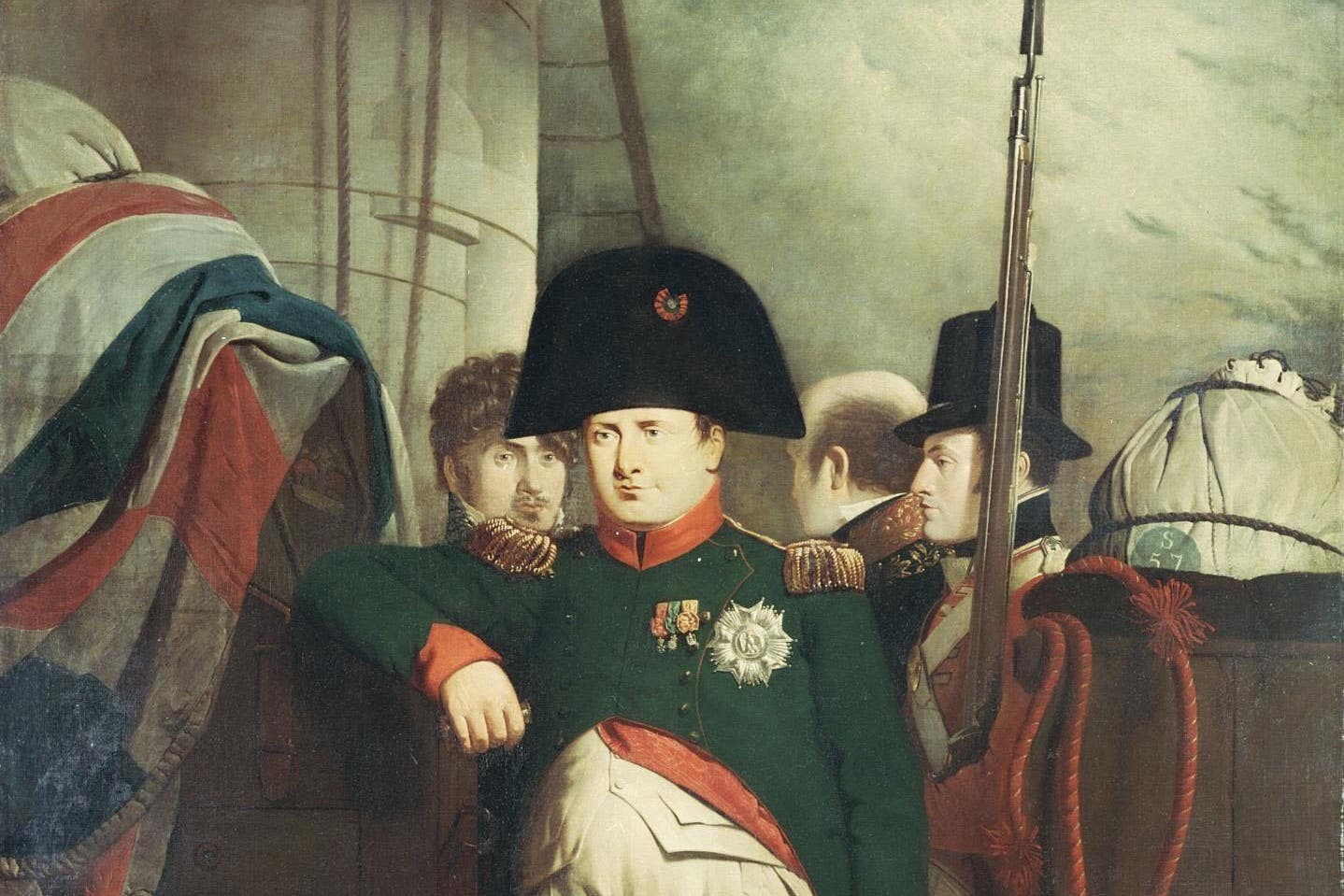Napoleon’s post-mortem examination report to go on display for first time
The document is part of an exhibition examining changing views of death throughout history.

The post-mortem examination report on French general and statesman Napoleon Bonaparte is set to go on public display for first time later this month.
The document detailing the first emperor of France’s cause of death will go on show as part of a wider exhibition arranged by the Royal College of Physicians (RCP) examining changing views of death throughout history.
The exhibition, in Edinburgh, is expected to encourage visitors to consider how an acceptance of death in the past has given way to an unwillingness to accept it in the present and aims to show how unprepared we are now when our time comes.
The death mask of serial killer William Burke, a diary documenting the last days of Edinburgh obstetrician James Young Simpson, and a coffin shaped like a police box are among a host of other unusual items set to go on display at the Physicians’ Gallery in Queen Street next week.
Other items include the dream diary of a 19th century Edinburgh doctor, Alexander Le Sassier Hamilton, in which he analysed his death dreams to uncover their meanings, a broadsheet proclaiming the execution of William Burke, and a rare 16th century copy of Dante’s Divine Comedy.
The exhibition has three main themes: memorialising (exploring rituals of remembering, grief and bereavement); the process of dying (examining palliative care and terminal illness); and what happens to the body after death (including cannibalism, cremation and dissection).
Public interest in Napoleon Bonaparte is high at the moment with film director Ridley Scott’s historical drama, starring Joaquin Phoenix, due to be released in cinemas in November.
Napoleon is widely considered to be one of the greatest military generals in history, having conquered much of Europe in the early 19th Century.
He later abdicated the throne twice following military defeats and was exiled to the remote island of St Helena where he died.
He died there in 1821 aged 51, and his post-mortem examination report was signed on the island.
Daisy Cunynghame, curator of the exhibition, said: “Death is a universal experience and one we all understand and engage with differently.
“Responses to grief vary and After Life explores that nuance. From antiquity to the modern day, death resonates with us.
“Death is a challenging subject to discuss. We made sure when developing this exhibition that we didn’t just look at this from a medical perspective, but we included personal experiences – both historical and contemporary.”
The free exhibition will run from October 27 to July 5 next year.